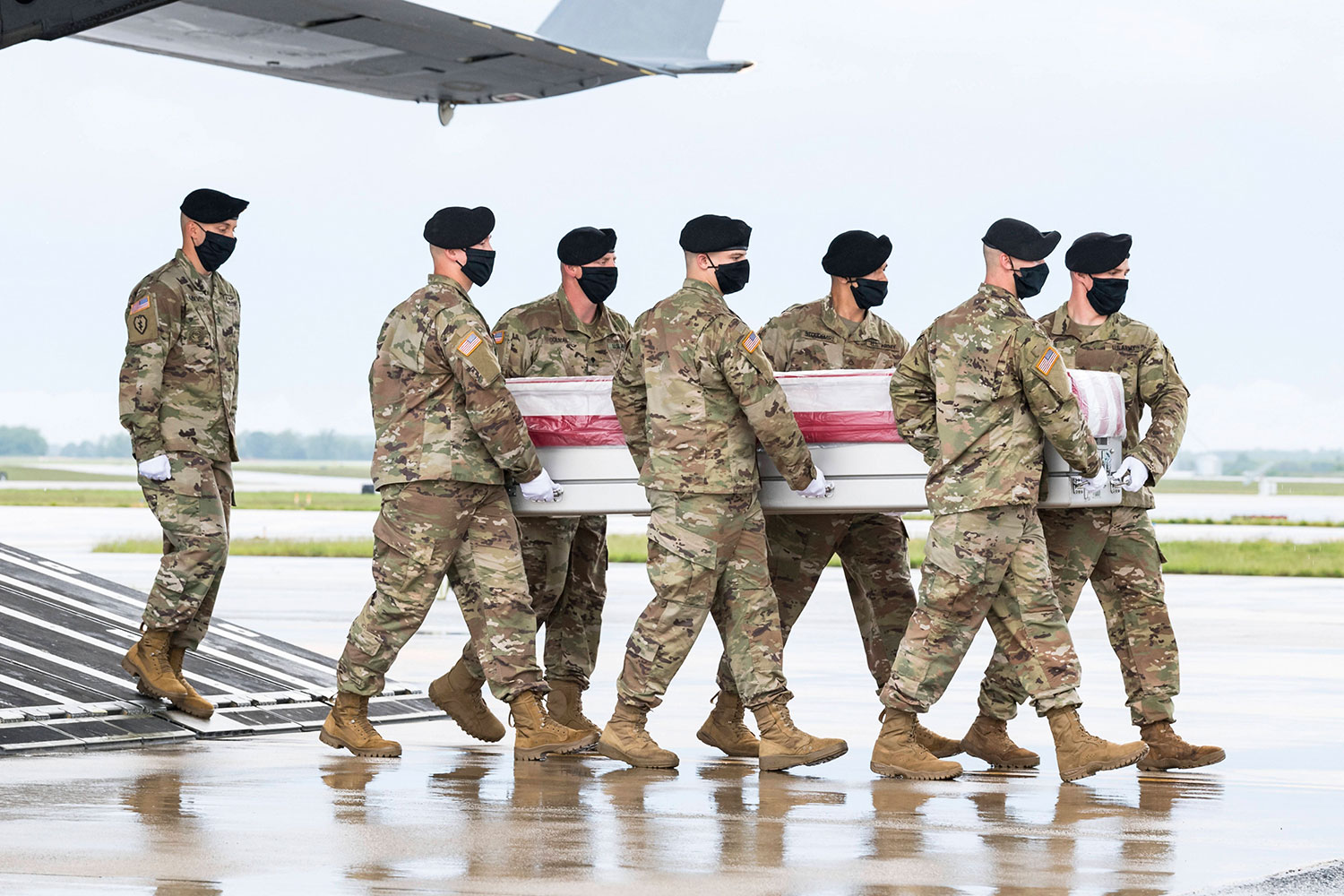After 20 years of fighting, America’s troops are finally leaving Afghanistan. Unfortunately for everyone involved, America’s longest war has accomplished almost nothing.
Shane O’Callaghan, 21 April 2021
After sacrificing the lives of more than 241000 people, including more than 2400 U.S. troops, creating nearly 2.5 million refugees, and spending roughly 2 trillion dollars, one would hope to see a setup in Afghanistan that looks very different from the Taliban-controlled country invaded in 2001. However, in the wake of President Joe Biden’s announcement of a withdrawal of all U.S. troops by 11 September 2021, the sad reality is setting in that these sacrifices will have accomplished almost nothing.
The Authorization of Use of Military Force (AUMF) passed by the United States Congress in 2001 allowed the President of the United States to “Use all necessary and appropriate force against those nations, organizations, or persons he determines planned, authorized, committed, or aided the terrorist attacks that occurred on September 11, 2001, or harbored such organizations or persons, in order to prevent any future acts of international terrorism against the United States by such nations, organizations or persons.”
If one views the war through the lens and goals of the AUMF, it could be argued that the United States and its allies accomplished their objectives in the early phases of the war. They decimated nearly all of al-Qaeda’s forces in Afghanistan in retaliation for orchestrating the terrorist attacks of 9/11. The US-led coalition also removed the Taliban from power in Afghanistan for harboring al-Qaeda in the lead-up to the attacks and set up a democratically elected government in the country. As a result of this change of power, the rights of the Afghan people–especially women–significantly increased, the country began to improve its infrastructure, and the US-backed Afghan government began working towards a future in which they could stabilize their country without reliance on foreign militaries.
While these were positive steps, the fighting has continued for nearly 20 years, and this progress stalled long ago. Setting aside the absolute devastation described earlier, the potential and putative accomplishments mentioned above are all at risk of being undone.
In early March 2021, Secretary of State Anthony Blinken sent a letter to Afghan President Ashraf Ghani advising him that “…the best way to advance our shared interests is to do all we can to accelerate peace talks and to bring all parties into compliance with their commitments.” This was later echoed by President Biden in his remarks regarding the decision to pull out all troops. In these remarks, Biden also said, “War in Afghanistan was never meant to be a multi-generational undertaking. We were attacked. We went to war with clear goals. We achieved those objectives. Bin Laden is dead, and al-Qaeda is degraded in Afghanistan. And it’s time to end the forever war.”
The United States did have clear objectives at the start of the war, and those objectives were arguably met early on. However, President Biden did not acknowledge the fact that even in the best-case scenario laid out by Secretary Blinken and himself, a key objective will not have been met.
Ideally, a peace agreement aims to bring about just that, peace. But in this case, the peace agreement is being negotiated with the Taliban–the same group that continues to target and kill Afghan security forces and civilians and provides a safe harbor for the terrorist organization responsible for 9/11. If a peace agreement is reached between the Taliban and the Afghan government, then the U.S. has clearly failed to achieve its objectives militarily through the use of “all necessary and appropriate force against those that harbored such organizations or persons,” as stated in the AUMF.
While the future of Afghanistan ideally should be decided through elections by the people of Afghanistan, the current government may not be able to achieve the strength and stability necessary to allow the people to make such decisions under the present or foreseeable circumstances. Some plausible circumstances, which fall under the category of unintended consequences, include a peace agreement that provides some power to an oppressive, totalitarian group that harbors terrorists; a successful resurgence of this group that allows it to retake control of most of the country; and a continuous civil war between this group and the current Afghan government.
Whatever the outcome is, the United States should consider this war a near-complete failure from its perspective. The only accomplishment they can claim after 20 years of destruction is nearly eradicating al-Qaeda from Afghanistan years ago, which may be undone if the Taliban retakes power and decides to continue harboring terrorists.
Claiming that leaving Afghanistan now will make this war a failure, especially when viewed through the lens of the AUMF, should not be seen as an argument in favor of remaining in Afghanistan. Instead, it should serve as a warning for Congress. To avoid falling into another disastrous “forever war,” they must seriously consider all potential costs and options before passing a future AUMF, which must also include a reasonable expiration date to force Congress to either vote to extend it or face reality and cut its losses.





